SciArt profile: Louis-Jan Pilaz
Posted by the Node, on 9 June 2022
For our latest SciArt profile, we continue our adventure into 3D artwork and showcase the the neuro-woodwork sculptures from Louis-Jan Pilaz. LJ is an Assistant Professor at the University of South Dakota, Sanford School of Medicine, where his lab works on early cortical development.
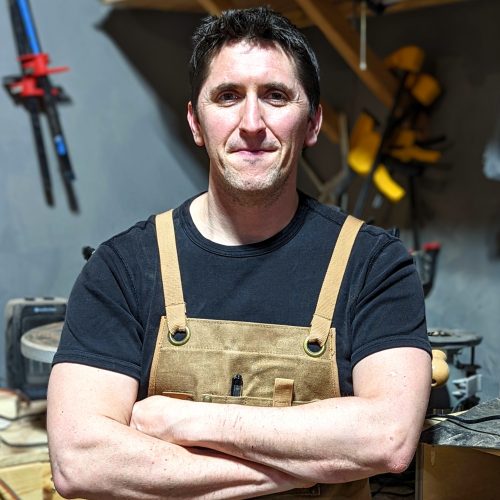
Where are you originally from and what do you work on now?
I was born in France. This is where I got my PhD, related to neural stem cell biology. During my master’s, I worked in Colette Dehay’s lab and I completely fell in love with radial glia. I think they are the most amazing cells in the universe, so full of mysteries. Flash-forward 13 years, after a couple postdocs in Nick Gaiano’s lab and Debby Silver’s, I am now working on them in my own lab. We are interested in many aspects of early cortical development and our daily bread is working with microscopes.
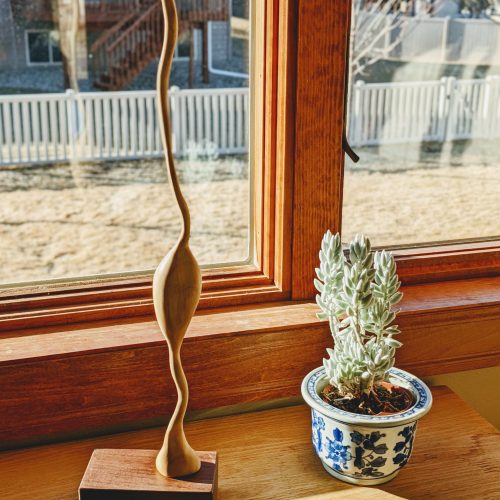
Were you always going to be a scientist?
Science has always been a huge part of my life. Going to college, I wanted to be an ethologist. Then I ran across a pamphlet on cognitive sciences and majored in that. Afterwards, I wanted to go back to heavy-duty biology, so I started working in the Dehay lab and so on.
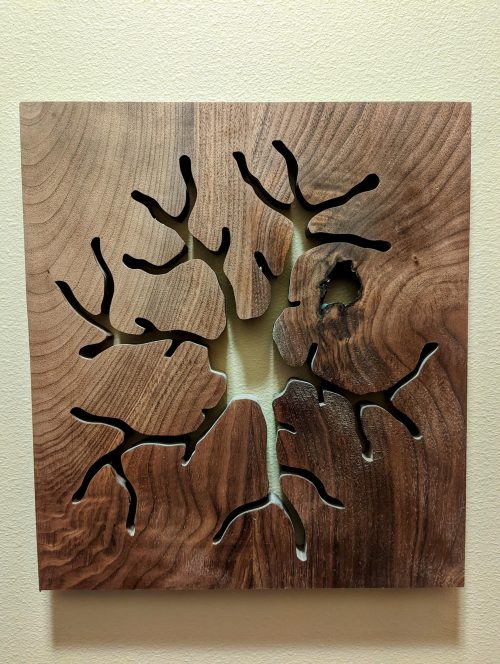
And what about art – have you always enjoyed it?
While I was born in France, my mom is Dutch. This meant that every summer we would travel to the Netherlands, where we would spend a lot of time in museums. I am a huge fan of Vermeer and Rembrandt. I can also get really moved by contemporary art. Also, my grandfather was a painter and my great-grandfather was a carpenter. Those sets of genes probably gave me this irresistible need to tinker, to try artsy things.
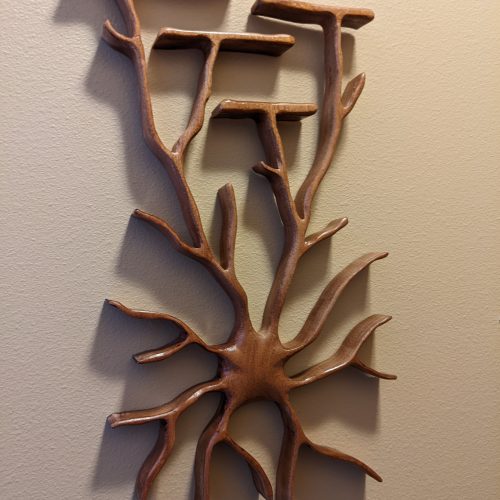
What or who are your most important artistic influences?
I don’t feel I am consciously influenced by any artist in particular. All the pieces of art I was exposed to as a kid are probably doing their job subconsciously. There are so many talented neuroscientists turned artists! I love the works of Greg Dunn, Needles and neurons, Laura Bundesen, Maria Zanfir…
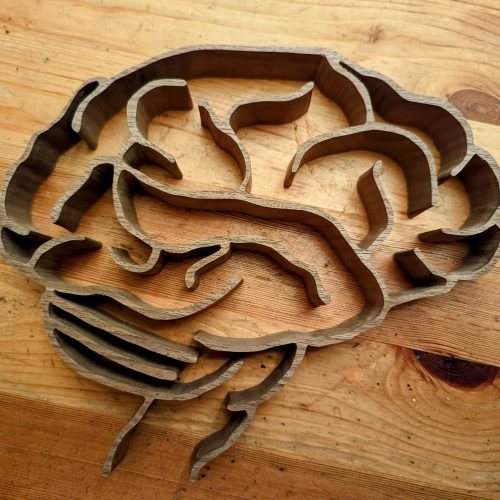
How do you make your art?
I have to admit that I use a lot of power tools. And I keep learning how to use new ones to shape the wood the way I want to. The most critical tool in my workshop is the scroll saw, it allows me to give the wood the intricate shape of a neural cell, and then I have a whole arsenal for the final touches. Importantly, most of my creations start on my computer.
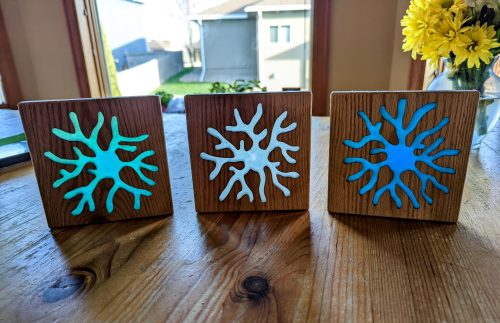
Does your art influence your science at all, or are they separate worlds?
They are quite separate for now, but I get to interact with a lot of amazing scientists who are interested in my work, that I may not have met if it weren’t to talk about my creations. While I love creating cells in wood, my priorities are my lab and my family.
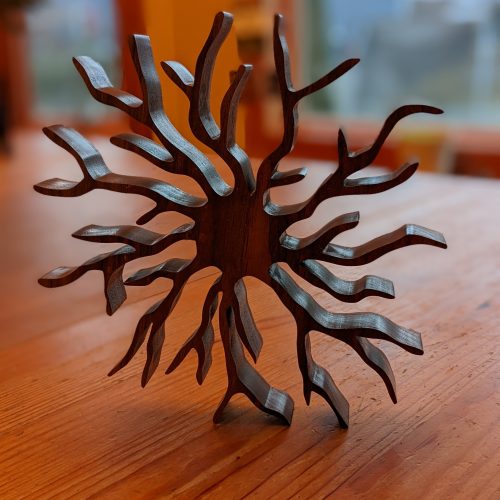
What are you thinking of working on next?
I want to scale up. I want to make 6-foot neurons, astrocytes, microglia and of course radial glia. I also want to combine several cells together to create big installations.
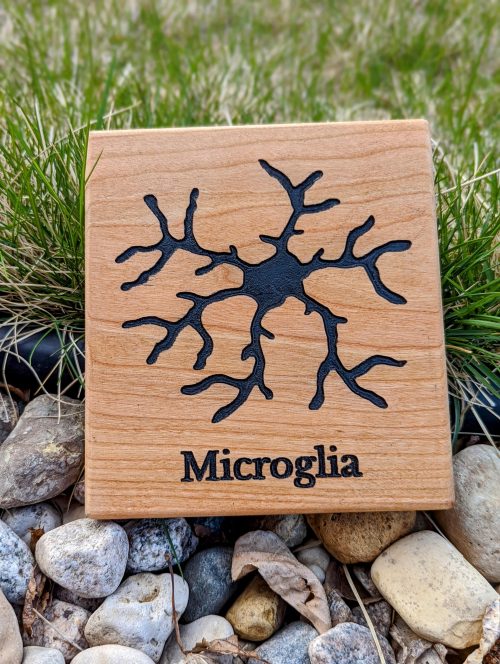
You can follow LJ on twitter: @NeuroWoodworks – artwork and @ljpilaz – science.
Thanks to LJ and all the other SciArtists we have featured so far. You can find the full list here. We’re always on the lookout for new people to feature in this series – whatever kind of art you do, from sculpture to embroidery to music to drawing, if you want to share it with the community just email thenode@biologists.com (nominations are also welcome!)


 (5 votes)
(5 votes)